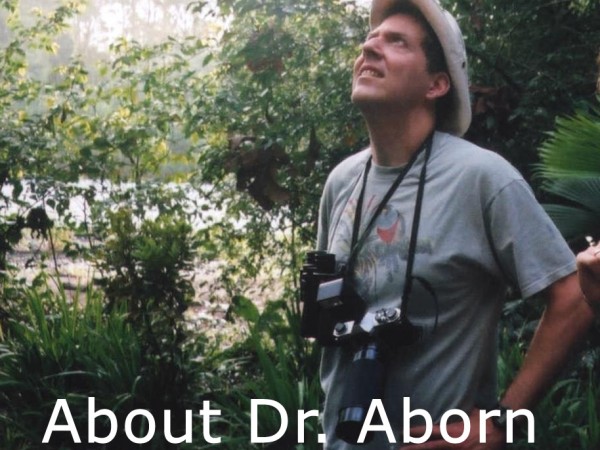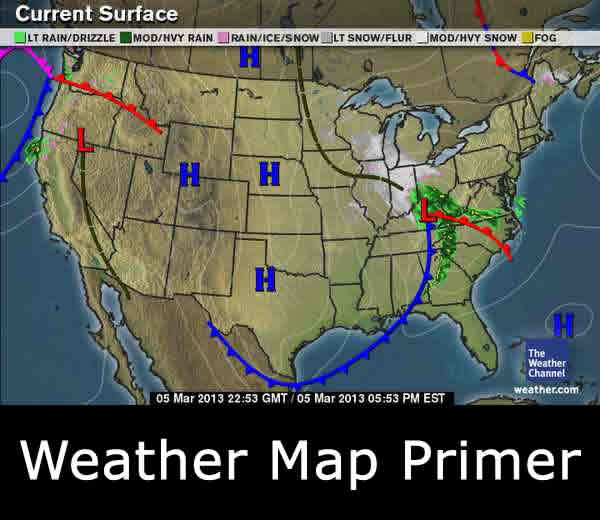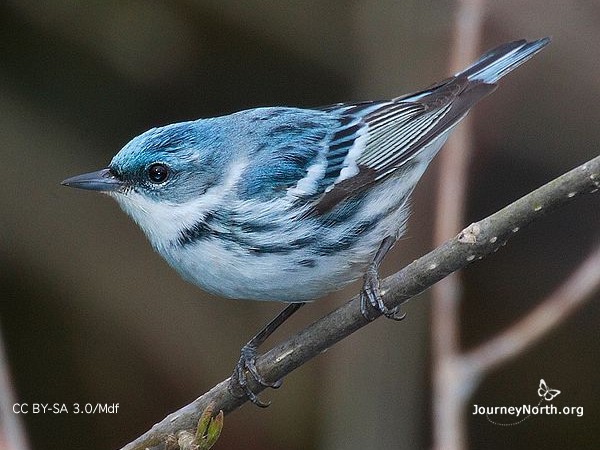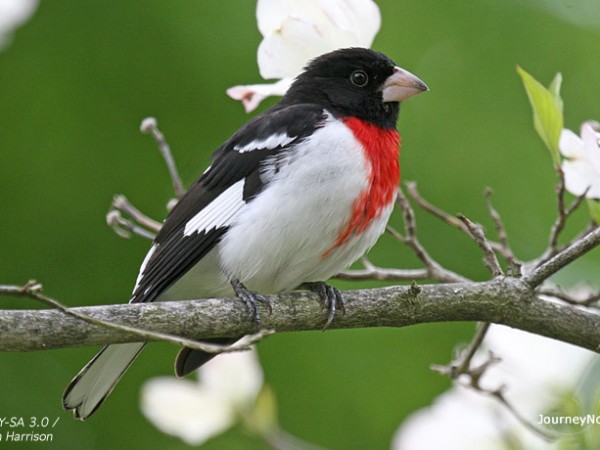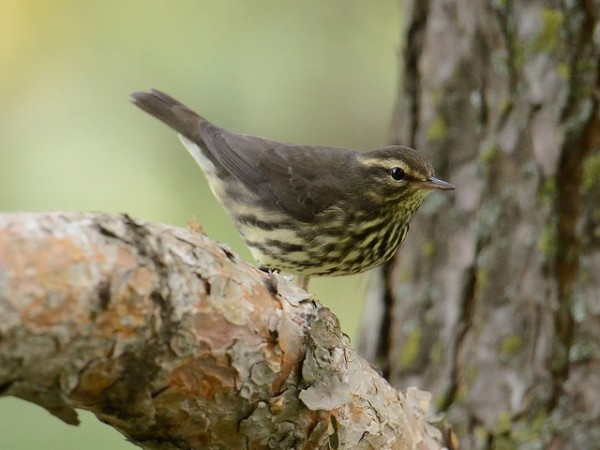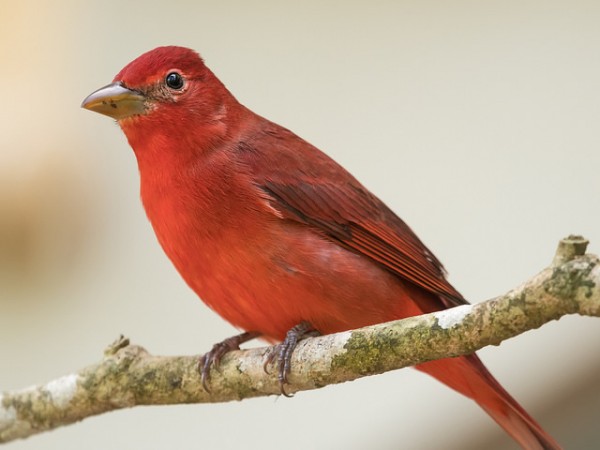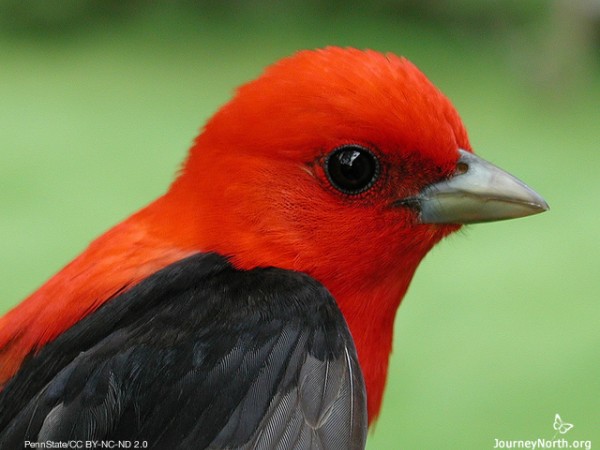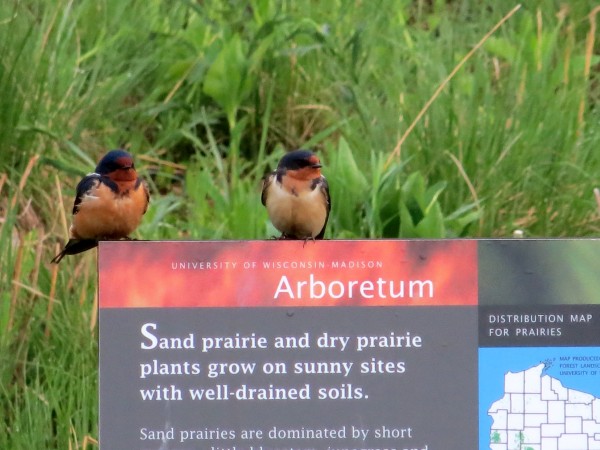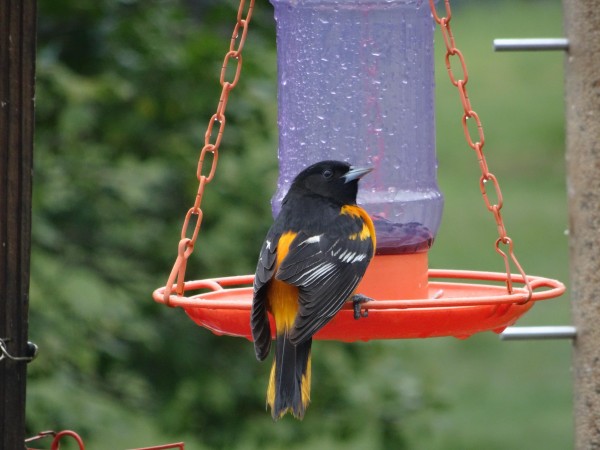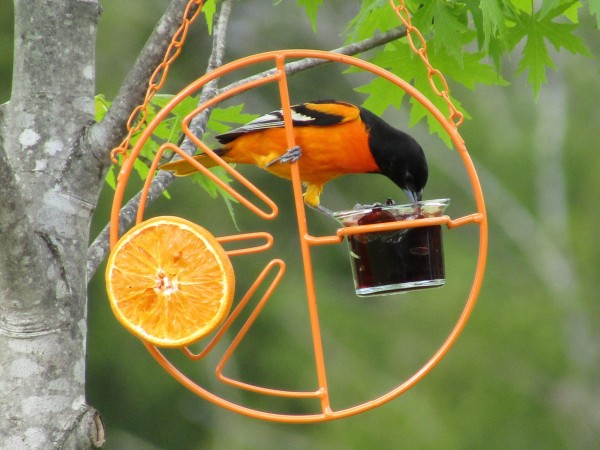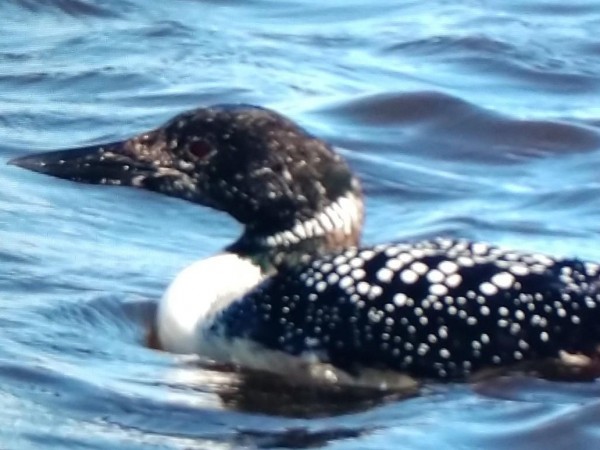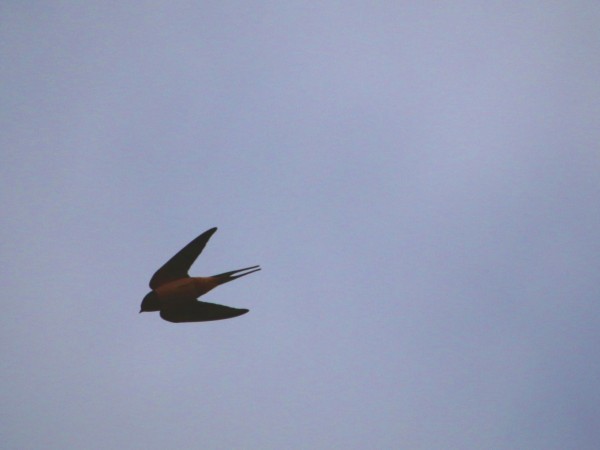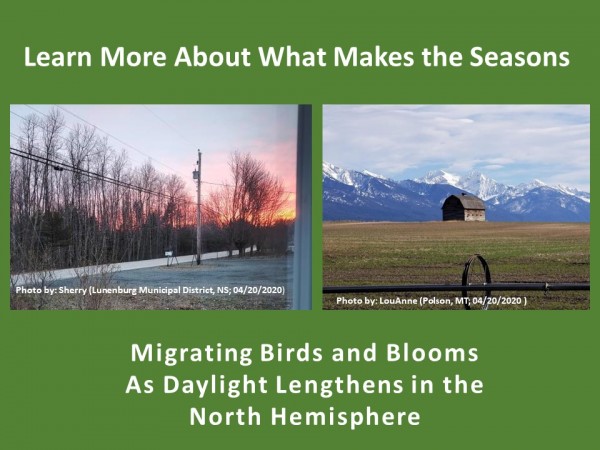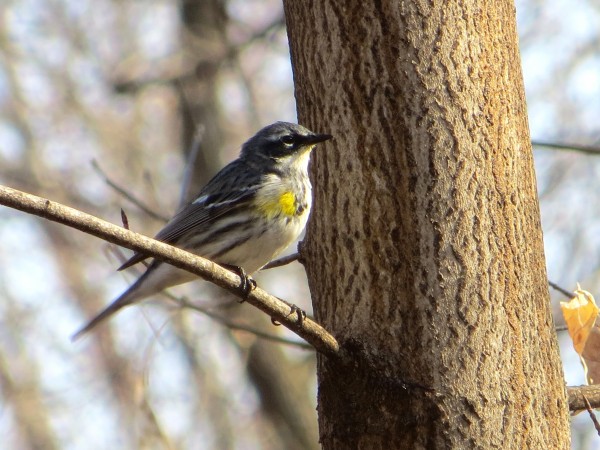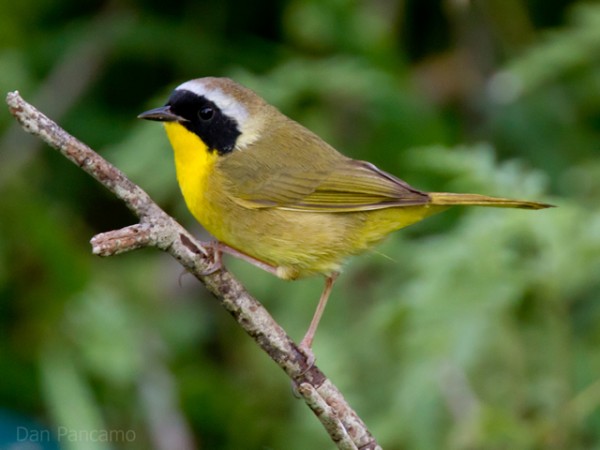Happy Earth Day!
Today is the 50th anniversary of Earth Day. The influx of migratory bird species is a timely reminder of the beauty and interconnectedness of our planet. Now more than ever, we need to see every day as Earth Day.
Happy Earth Day!
Today marks 50 years since the movement took root on April 22, 1970. What better time to celebrate our community, the migratory species we love, and our role as citizen scientists.
Letter from Dr. Aborn
Dear Journey North Readers,
As promised, most of the past week had good weather, and the birds took advantage! Here in Tennessee, I have seen many Scarlet Tanagers, Wood Thrushes, my first Kentucky Warbler, Yellow Warbler, Yellow-breasted Chat, Great Crested Flycatcher, and Blue Grosbeak. The highlight, however, was seeing a Cerulean Warbler, a species whose numbers have really declined over the past 50 years. Several other birders in the state also saw Ceruleans – they were definitely on the move! Good flying weather helped push Rose-breasted Grosbeaks, Summer Tanagers, Eastern Kingbirds, and Blue-winged Warblers into Missouri and Arkansas. Northern Waterthrushes and Chimney Swifts made their way into Ohio and Illinois. Barn Swallows and Ruby-throated Hummingbirds made it up to Maine.
Over the weekend, another strong storm system moved across the South. Unlike the last system, this one produced fallouts all along the Gulf coast. In Texas, birders reported good numbers of Gray Catbirds, Summer and Scarlet Tanagers, Indigo Buntings, Painted Buntings, and Northern Waterthrushes. A birder in Lafayette, LA saw 11 warbler species, 5 vireo species, Rose-breasted Grosbeaks, and Baltimore Orioles just in his back yard! A birder in Florida saw something similar, with 19 warbler species and 4 species of thrushes in his yard.
Birds have been moving in the West as well. California saw a steady stream of species: Black-throated-gray Warblers, Wilson's Warblers, Yellow Warblers, Nashville Warblers, Bullock’s Orioles, Black-headed Grosbeaks, Western Tanagers, and Vaux’s Swifts being the main species seen. Good weather allowed Yellow Warblers and Western Kingbirds to make it into Oregon. In Washington, birders spotted Hammond’s Flycatchers, Common Yellowthroats, Black-throated-gray Warblers, and Orange-crowned Warblers.
If we look at this week’s weather map, the storm system I mentioned has moved up the east coast and is now bringing rain and snow to the mid-Atlantic and New England states. Birds that made it up to those regions will need to hunker down for the next day or two! Across the southern and middle parts of the US, high pressure is dominating. The winds are coming from the north, meaning it will be a day or two before those birds can get moving again. The western half of the country is looking fairly calm; people should continue to see a good bit of migration taking place. There is a storm system developing around the four Corners region that is expected to move across the South toward the end of the week. This could bring another fallout, and will at least keep birds from migrating until the weekend.
Earth Day is a good time to think about what you can do to help birds, and the rest of the planet, too!
Take care.
David Aborn
Chuck Henrikson's Birding Report From UW-Madison Arboretum
"Spring continues to arrive at the UW-Madison Arboretum with newly arriving migrating birds and also the sprouting wild flowers." Read Chuck's birding report from the Arboretum.
More Oriole Sightings
As spring migration progresses, Baltimore and Bullock's Orioles are becoming frequent backyard visitors.
From Ghent, WV: Casey noted a, “male Oriole at the jelly feeder. Earlier than in previous years and still quite cold here. 34 degrees and rainy." (04/18/2020)
From Flagstaff, AZ: Mark spotted his first Bullock’s Oriole -- “Heard it before I saw it with its zeet, zeet.... White wing patches, no hood, beautiful burnt orange. Haven't seen the female yet. Last year two pairs remained for the early summer.” (04/18/2020)
From Brighton, MO: Rick observed his first Baltimore Oriole -- “He showed up at 7 pm. I had just put the jelly jar up for the night(coons get in it) so he ate on the orange, when he flew away I ran the jelly back out. He visited several more times before dark.” (04/20/2020)
Loons in the Midwest
Loons continue to be spotted throughout the Midwest and Great Lakes region.
From Manitowoc, WI: Jane observed a, “Common Loon on Lake Michigan, Manitowoc, WI Harbor” (04/16/2020)
Red-winged Blackbirds Farther North in Canada
While some Red-winged Blackbirds are year-round residents, others are short distance migrants that make their way north into Canada during the breeding season.
From Swift Current, SK: Tommy, “saw a small flock of Red-winged Blackbirds by a pond that still has a bit of ice in it. The pond was surrounded with dead cattails." (04/20/2020)
Barn Swallows Seen Near....Barns
From Hastings, IA: Pete spotted his first Barn Swallow – “Single bird seen flying above our corn crib and barn shortly after sunrise this morning. Breezy day, so it was up high and moving fast.” (04/22/2020)
Exploring Together
Journey North has many resources for anyone with a curious mind. This week we feature Learning About Seasonal Change: Migrating Birds and Blooms as Daylight Lengthens in the North Hemisphere Let's explore together.
Share Your Sightings
With peak spring migration just around the corner, now is a great time to get outside – while following all health guidelines – and observe the world around you. After all, it is Earth Day! Share what you are seeing. Go to the Journey North sightings page and under the 'Select Species or Event' dropdown menu, select 'Oriole', 'Barn Swallow', 'Loon', or 'Red-Winged Blackbird'. If you are seeing other species not listed, select 'All Other Signs of Spring' under the dropdown menu.


